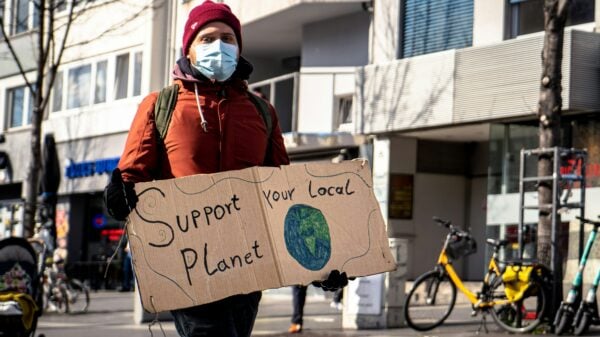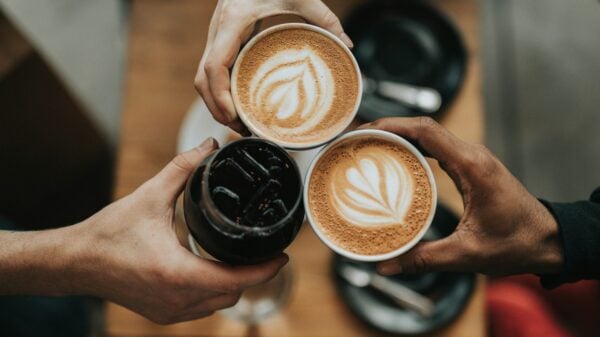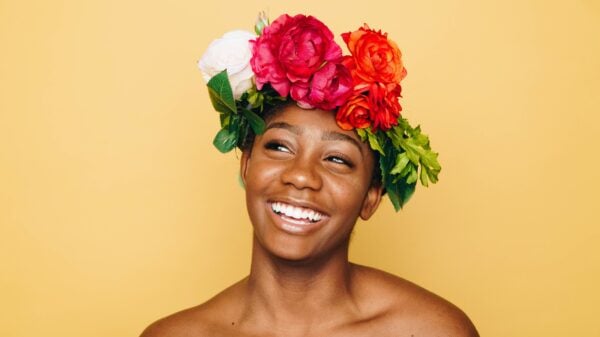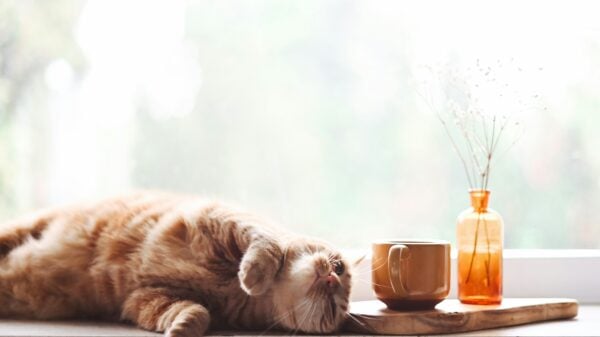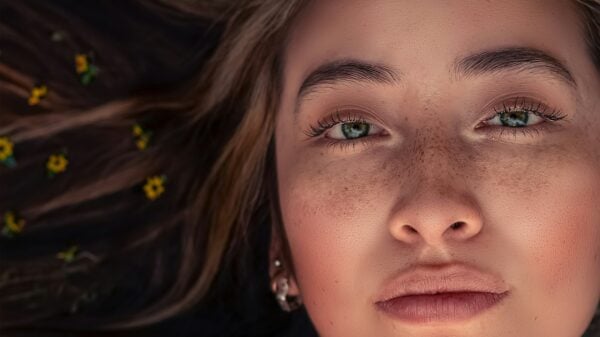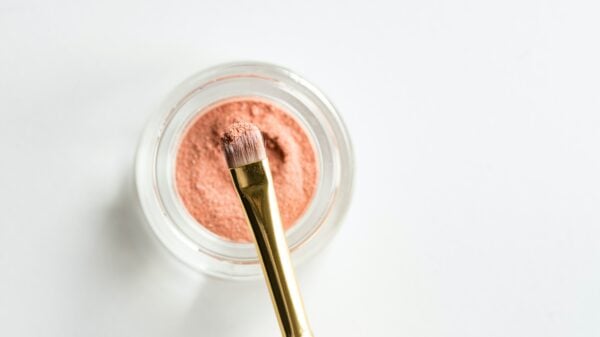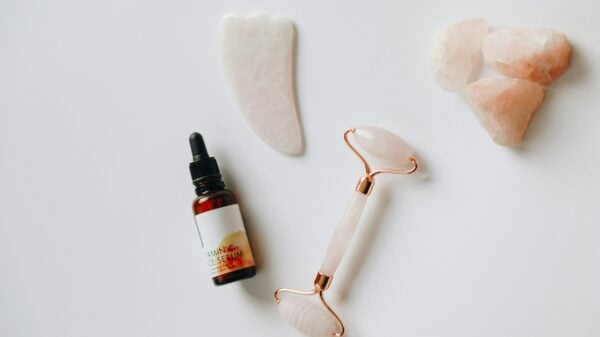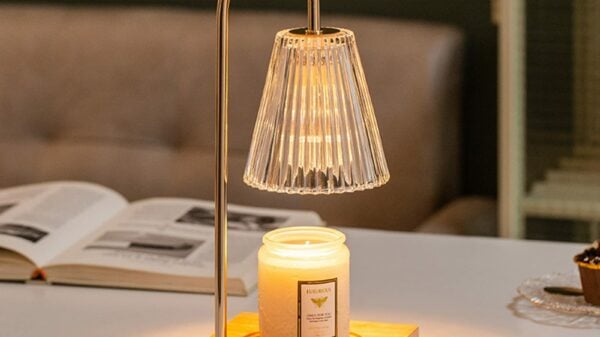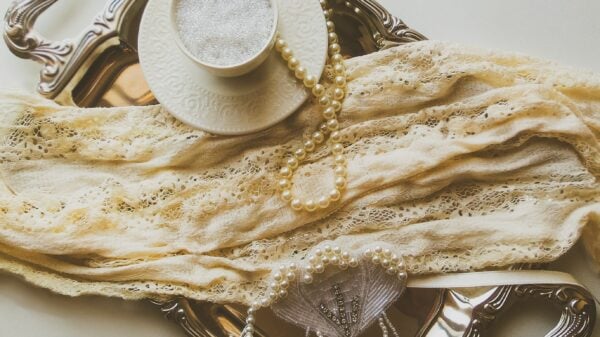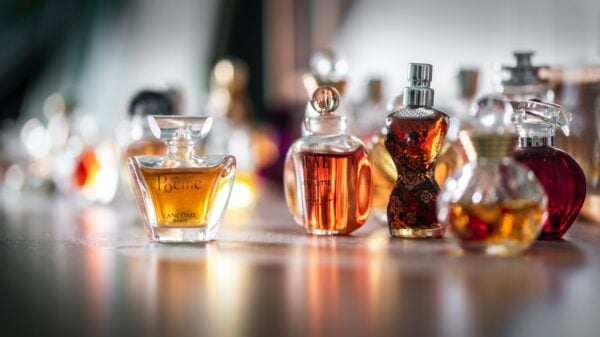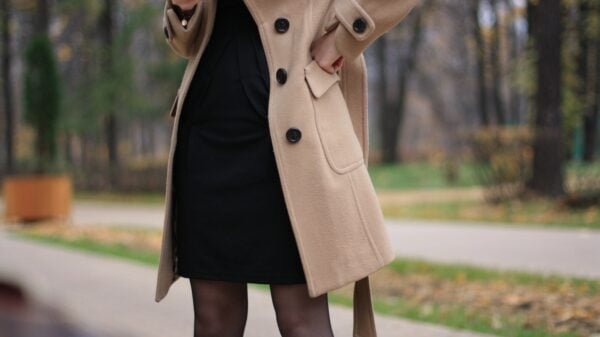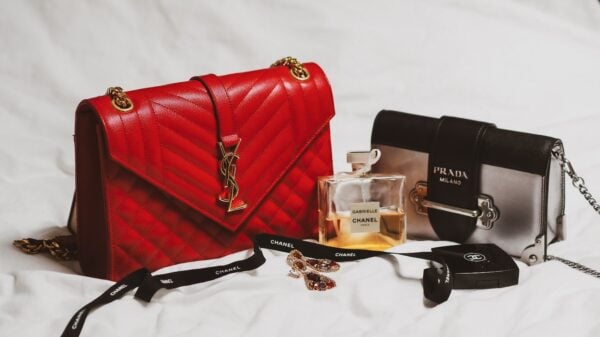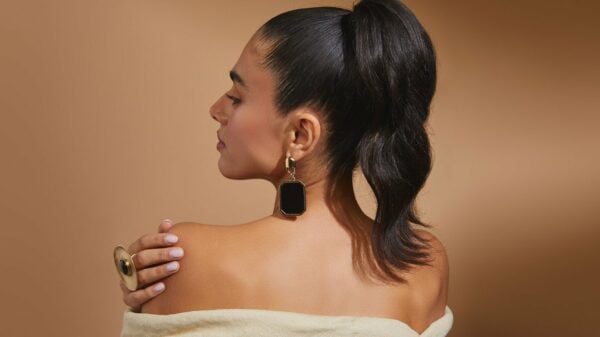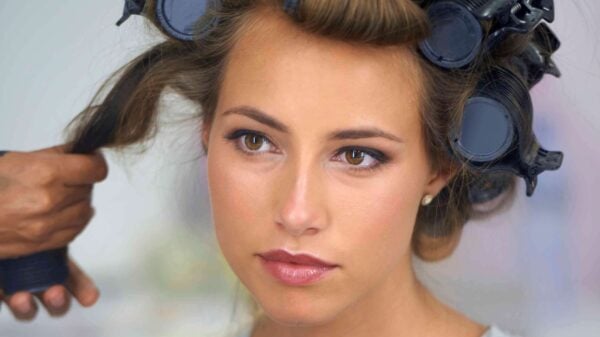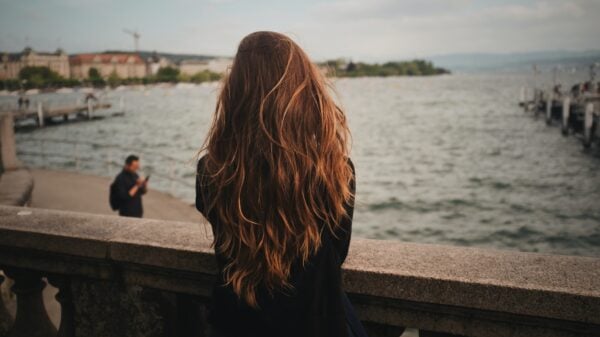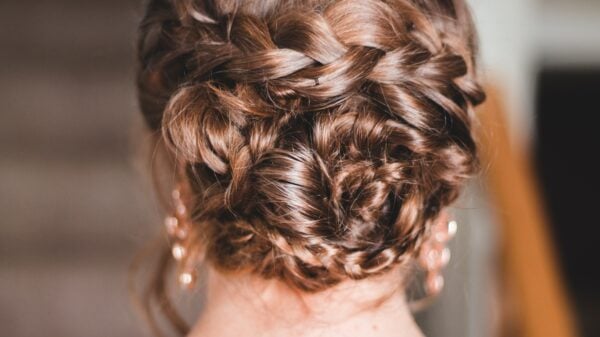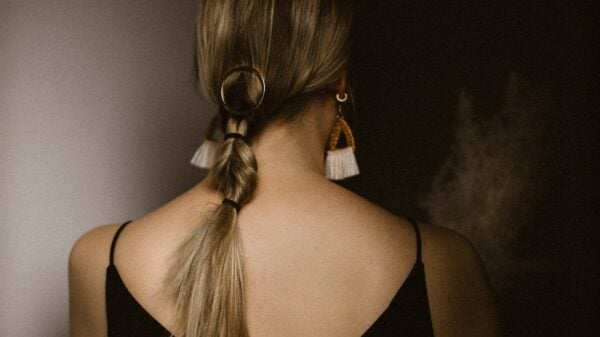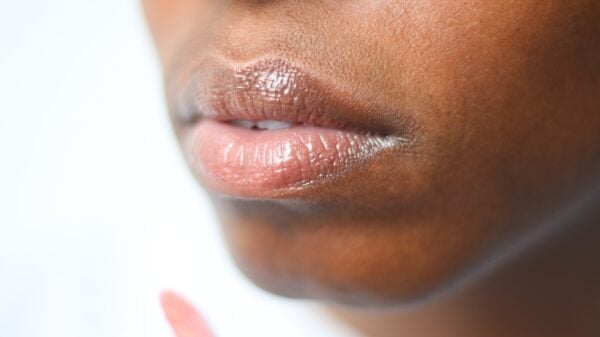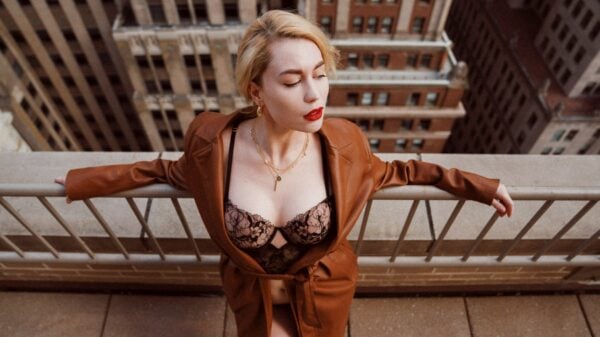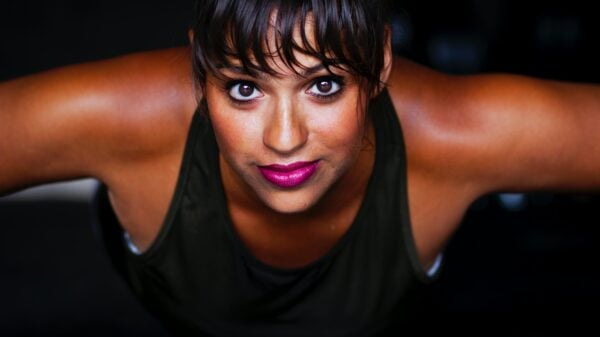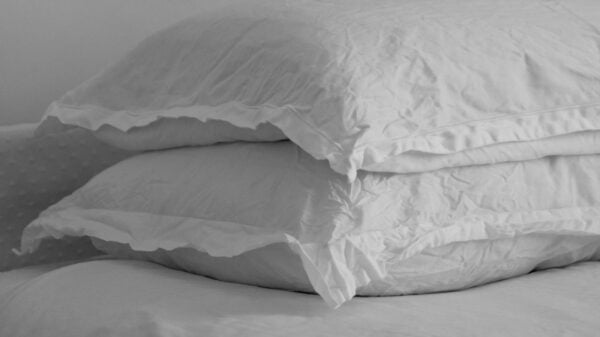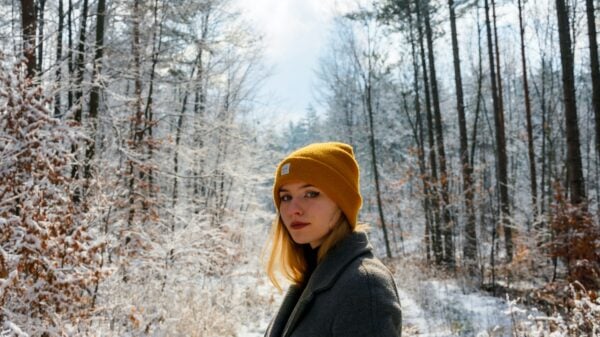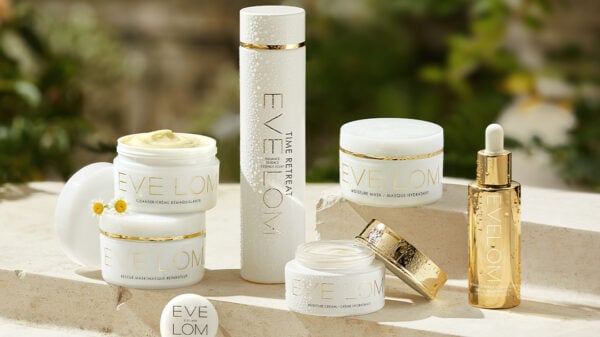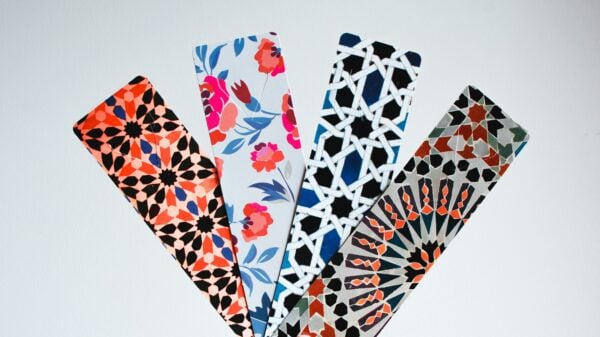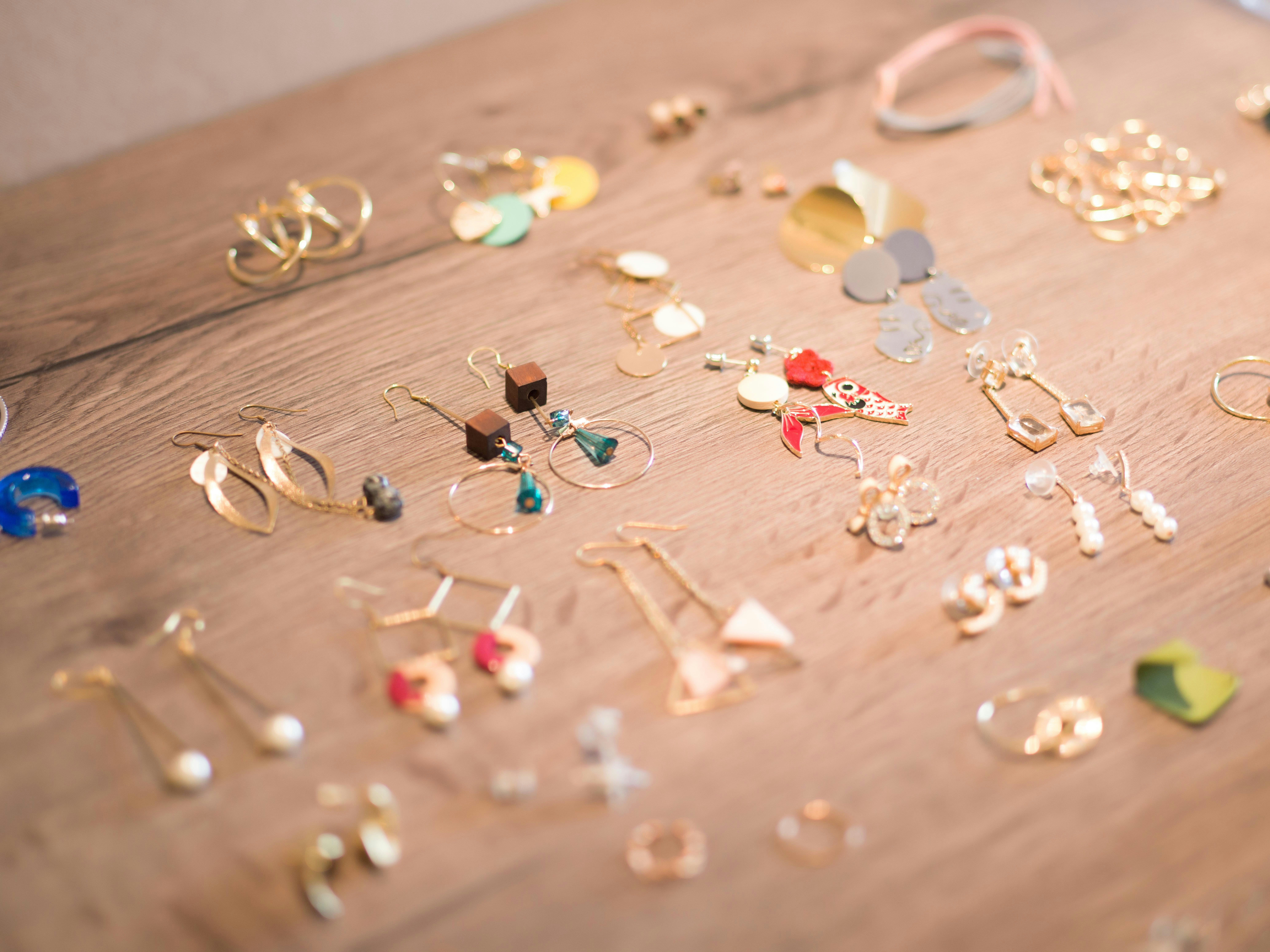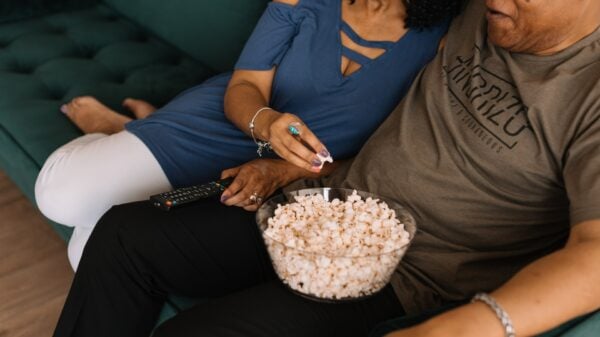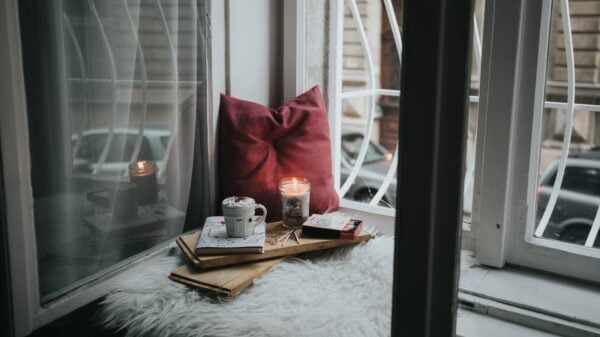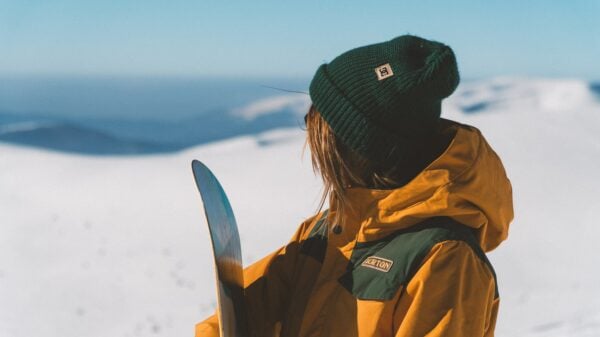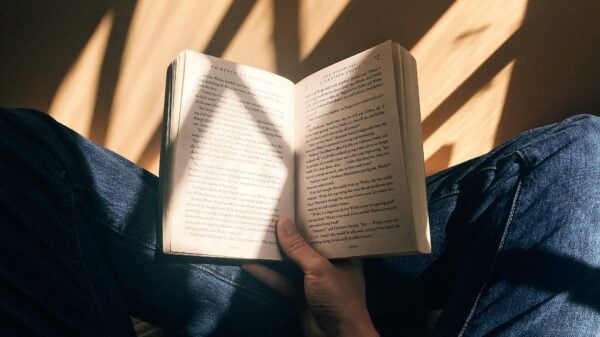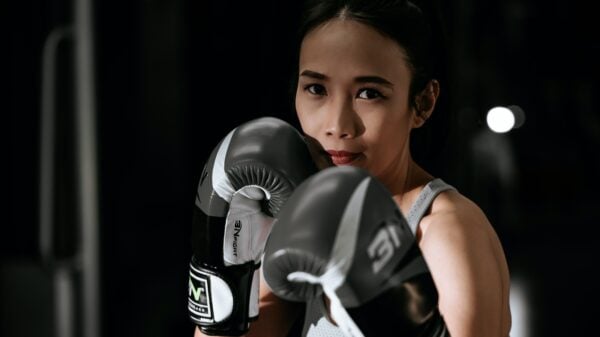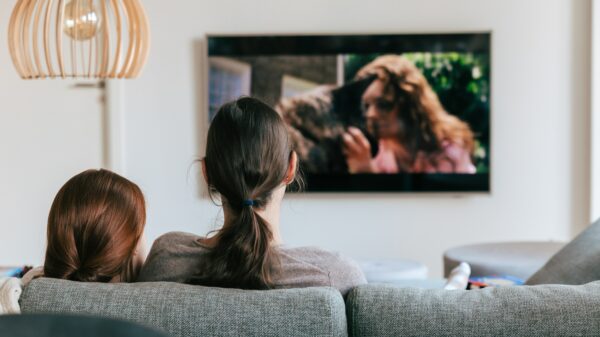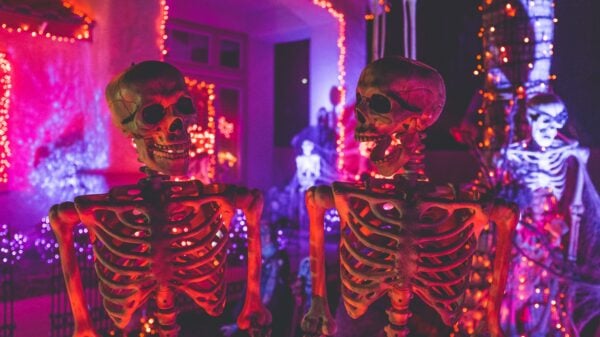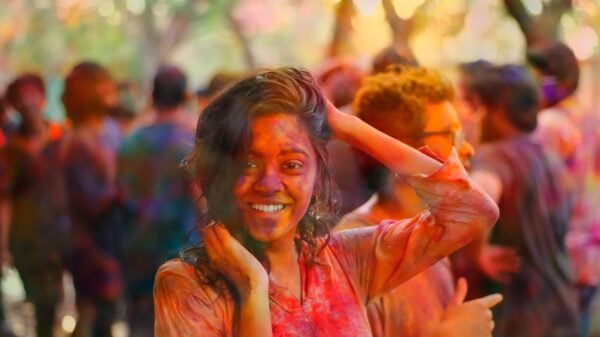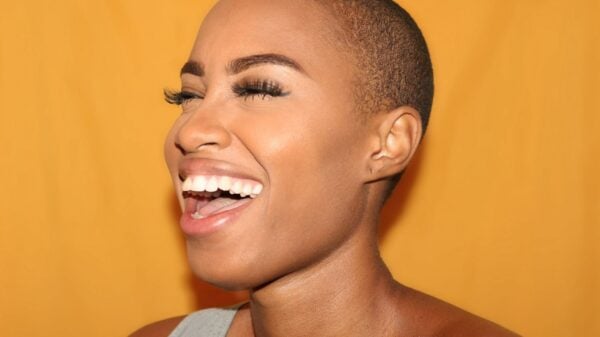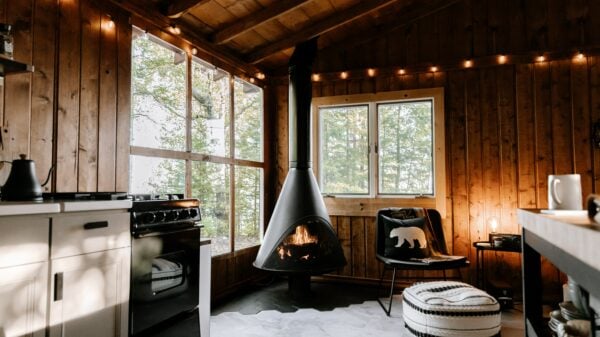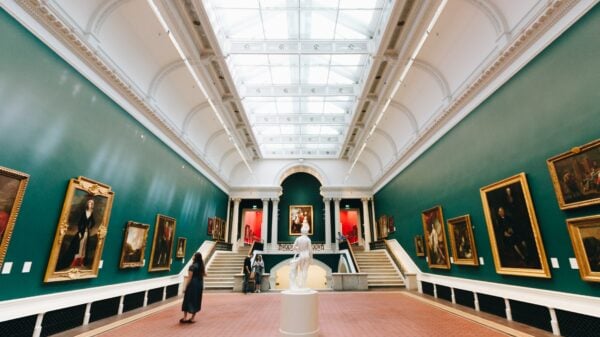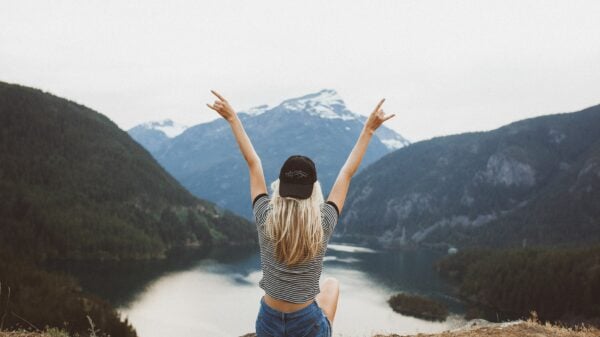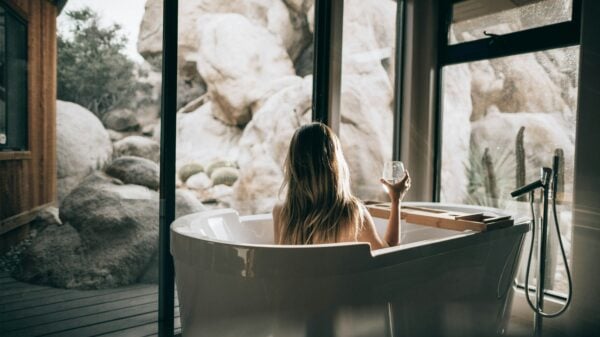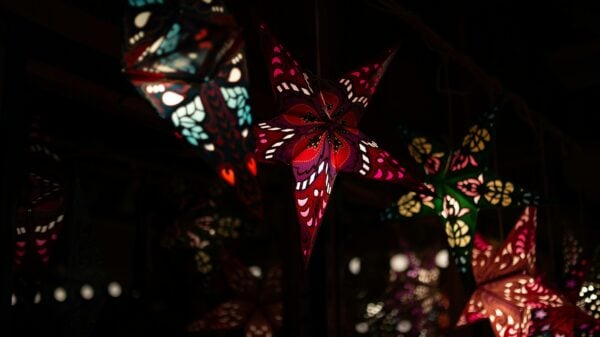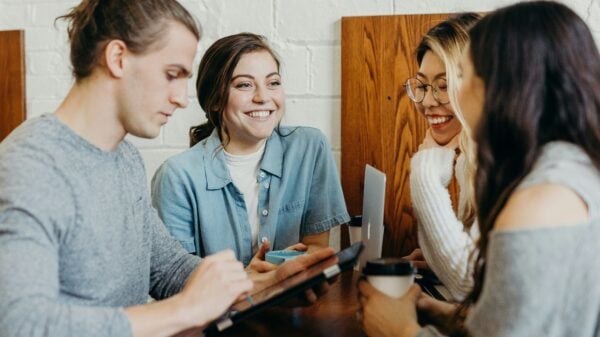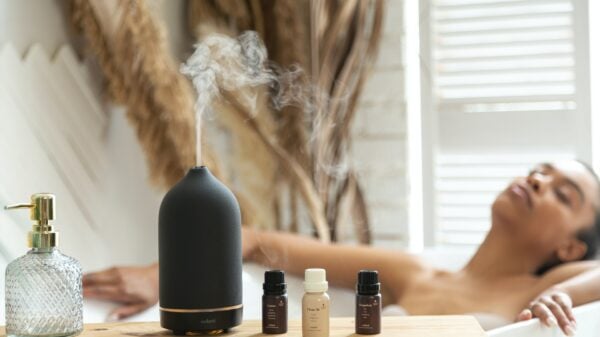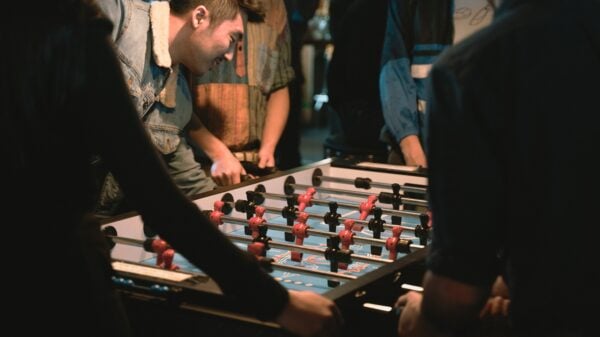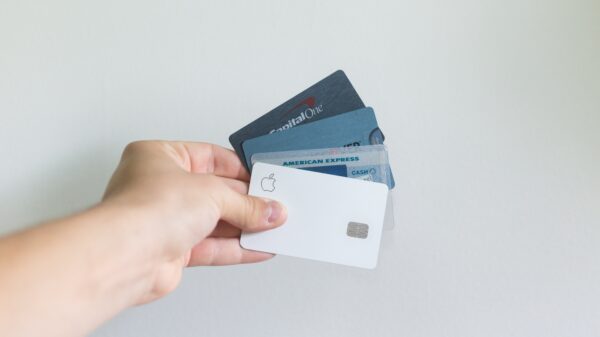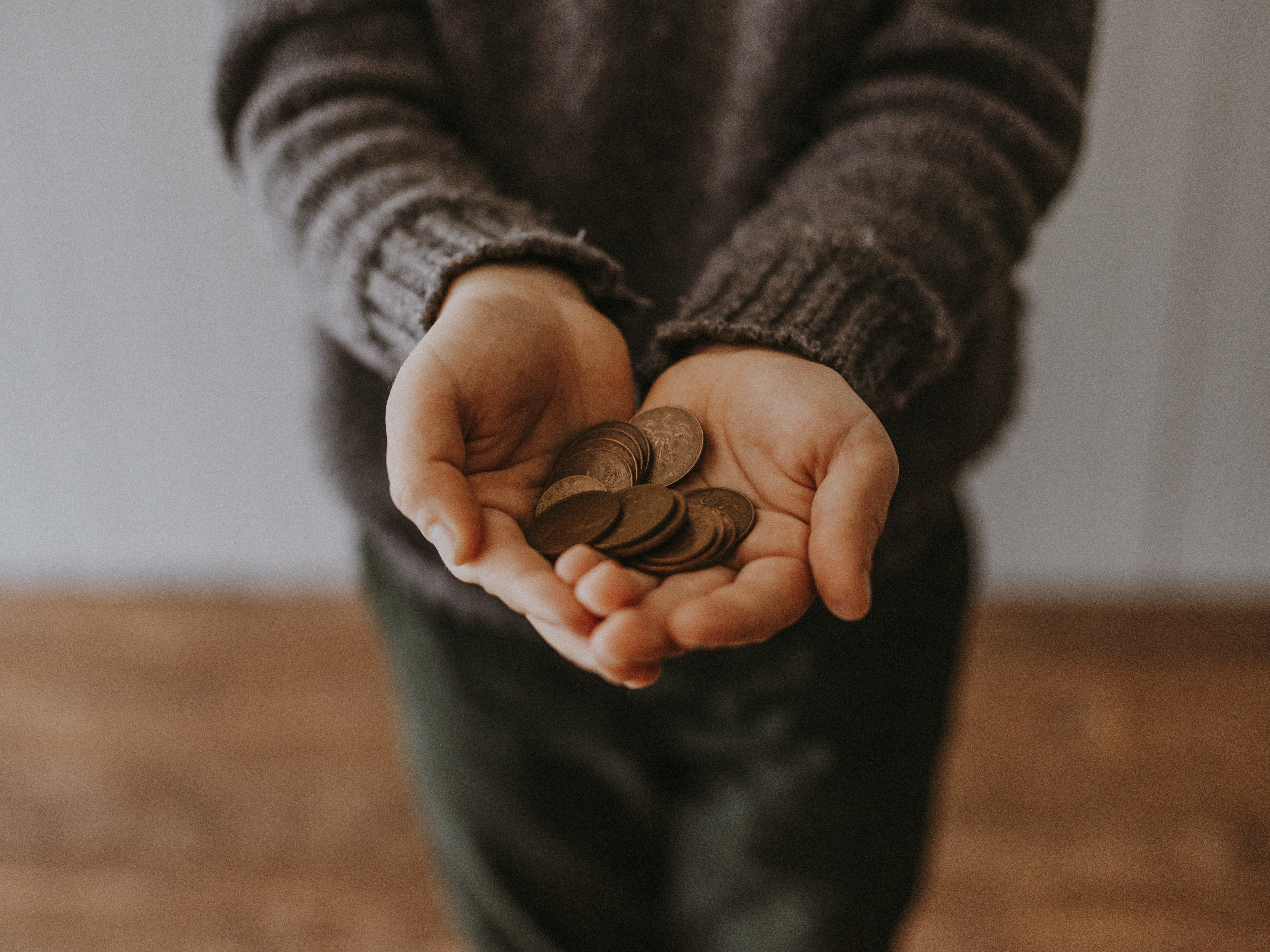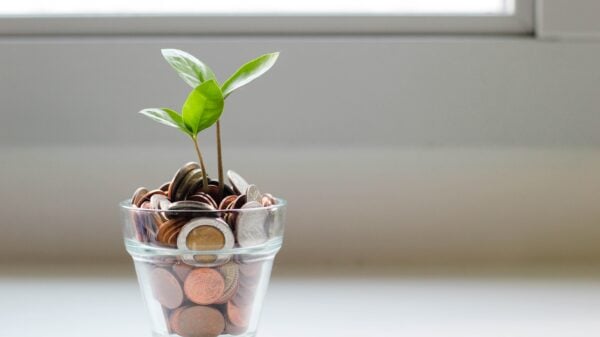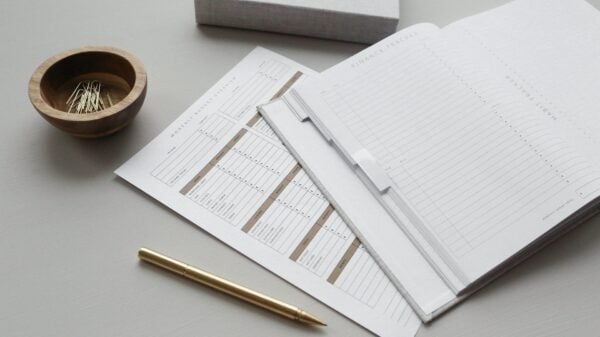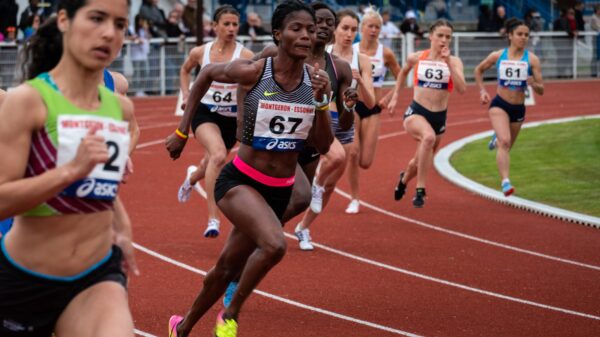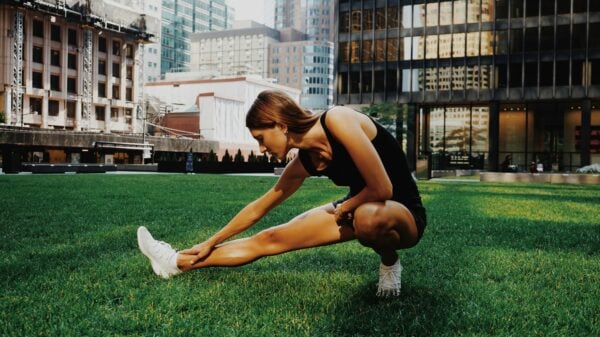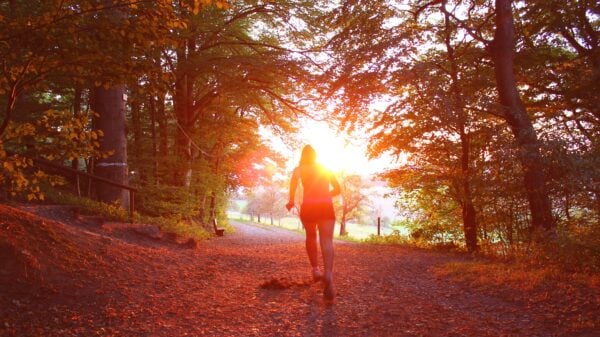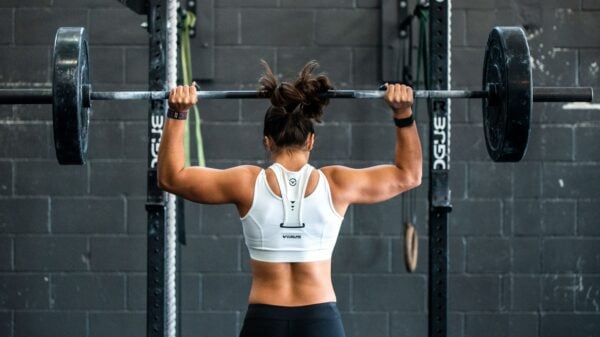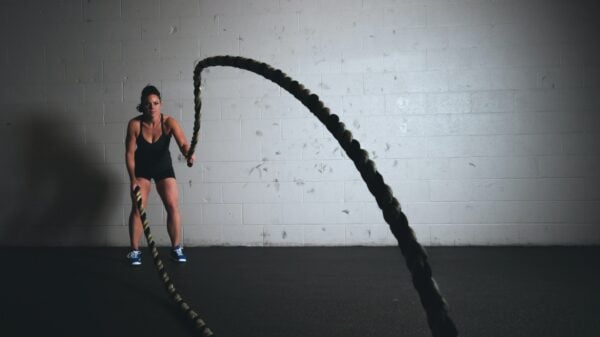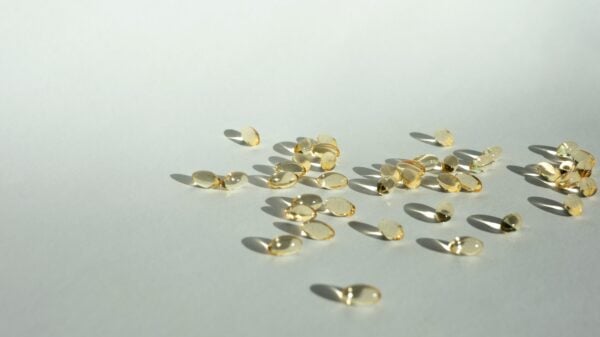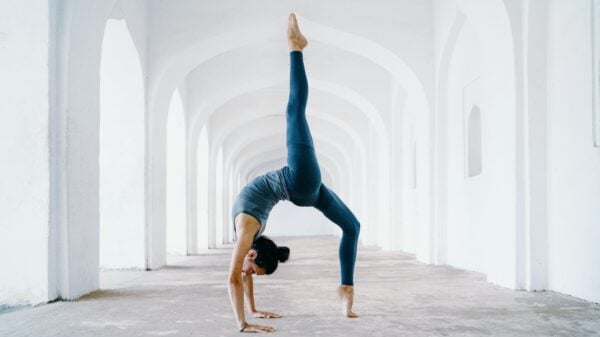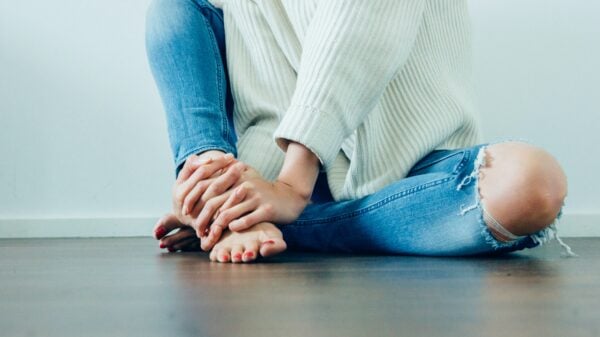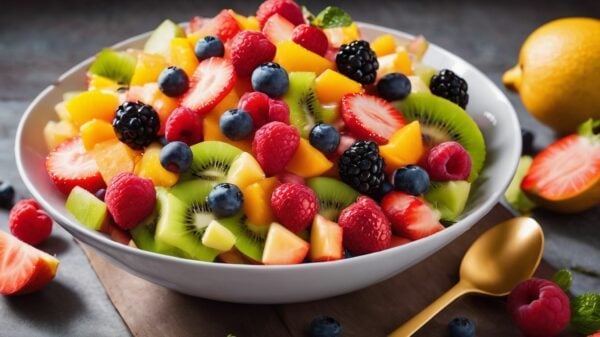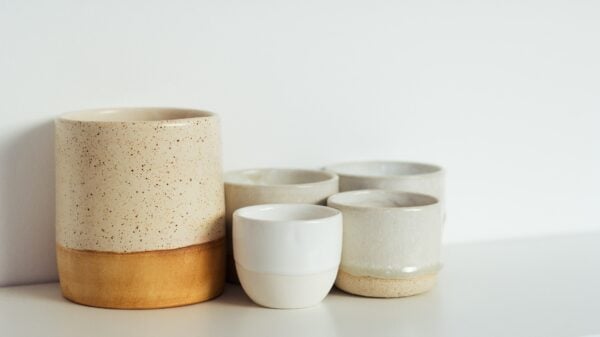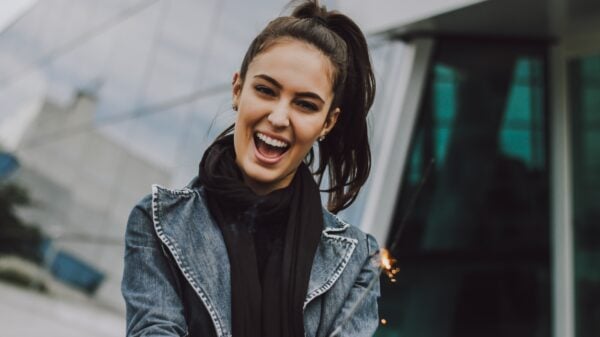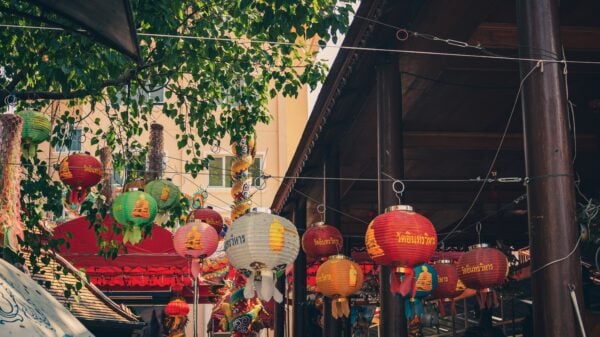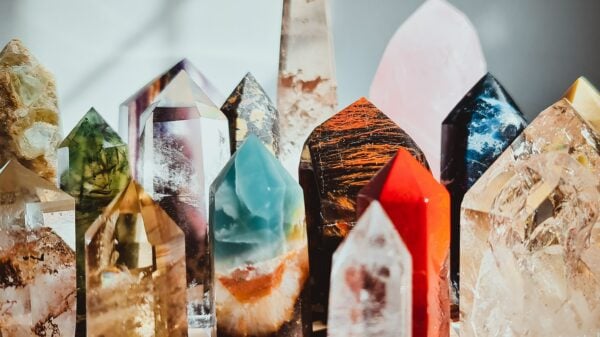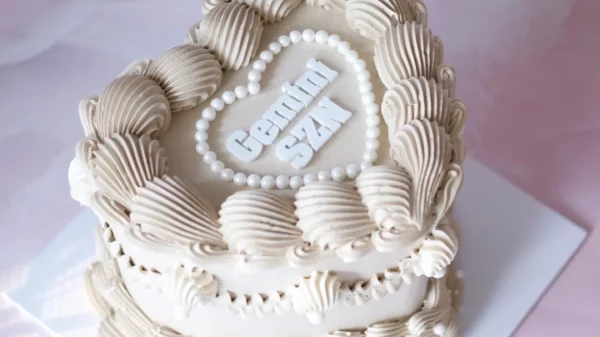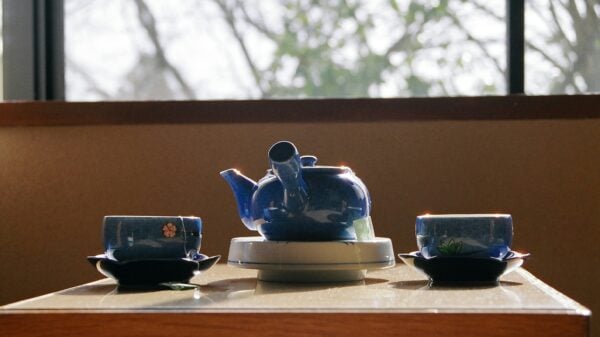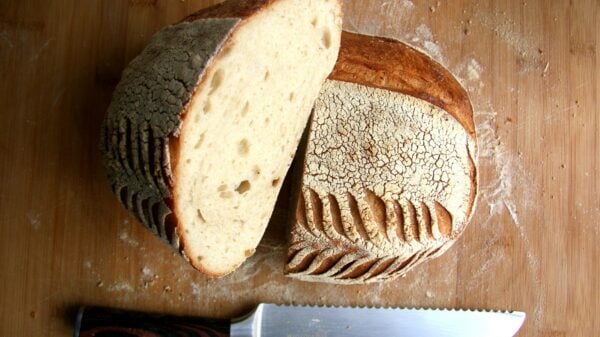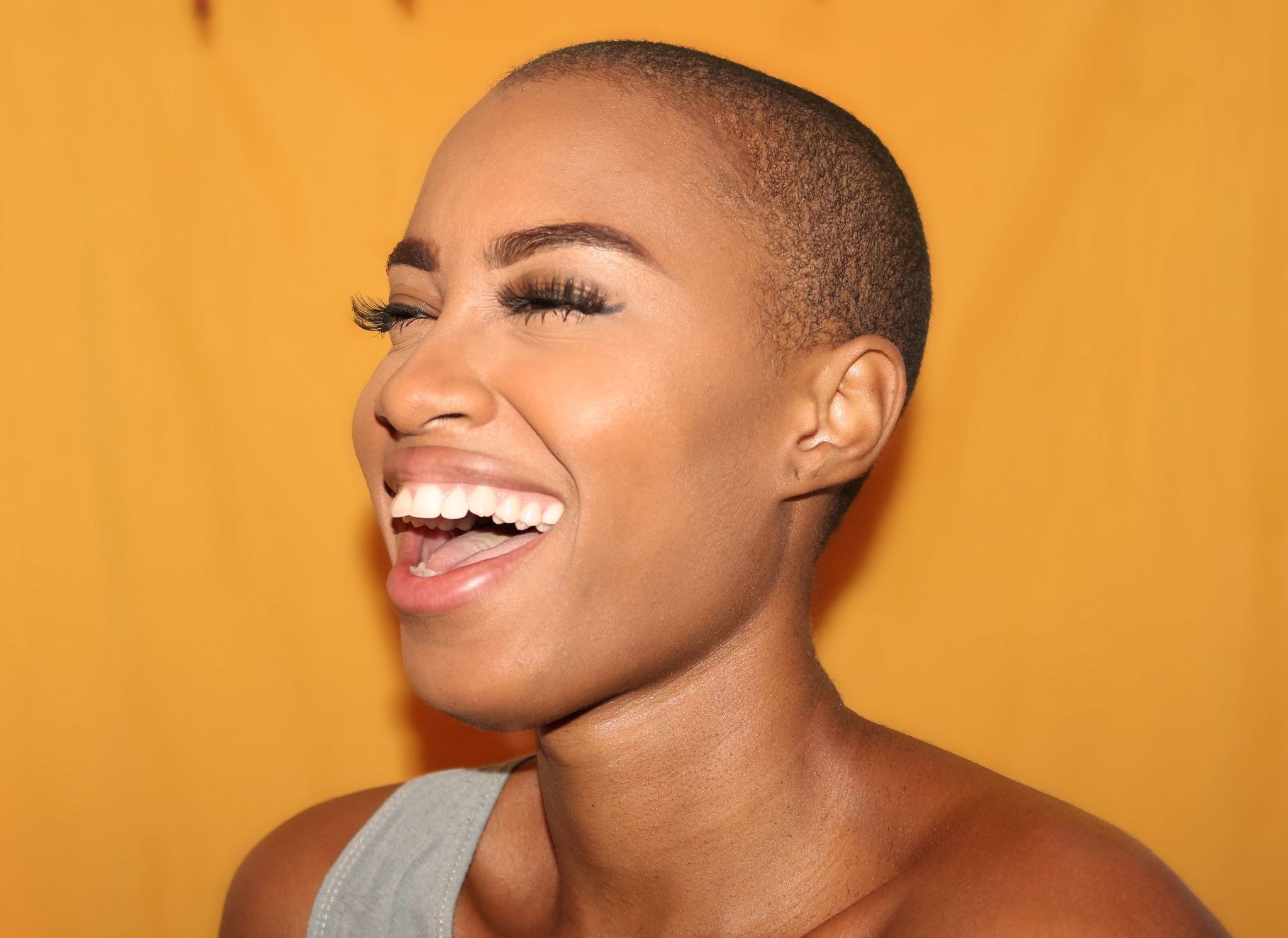Beauty standards can often feel confusing and overwhelming. Did you know that these aesthetics are vastly influenced by culture? This article unveils how various cultures around the world celebrate attractiveness through unique rituals and practices.
Get ready, as we embark on a fascinating global beauty journey!
How Culture Influences Beauty
Culture plays a significant role in shaping our perception of beauty, including the definition of beauty itself and the factors that influence it.
Definition of beauty
Beauty is what you see and like. It can be a face, a voice, or even a kind act. Some people find beauty in high hills and clear blue seas. Others find it in the stars at night. Beauty is not the same for all people and places.
In some places, soft curves are beautiful on a woman’s body. In others, thin bodies are loved more. Some cultures think fair skin is lovely; others want darker skin tones instead. People also look for different things in hair, eyes, and clothes to decide if they’re pretty or not.
Influence of culture on beauty perception
Culture plays a significant role in shaping our perception of beauty. Each culture has its own unique definition and standards of beauty, which can influence how individuals perceive attractiveness.
These cultural factors include social and historical contexts, beauty standards, attractive body ideals, facial features, skin tone, hairstyles, and the use of cosmetic products. For example, in some cultures, fair skin may be highly valued while in others darker skin tones may be considered more desirable.
Similarly, certain facial features or body shapes may be seen as beautiful in one culture but not in another. The influence of culture on beauty perception is complex and varies across different societies worldwide.
Cultural factors that influence beauty
Different cultures have their own unique factors that influence the perception of beauty. These cultural factors include things like societal norms, historical context, and traditional beauty practices.
For example, in some cultures, certain facial features or body ideals may be considered more attractive than others. Skin tone and hairstyles are also influenced by cultural preferences.
The use of cosmetic products and makeup practices can vary widely across cultures as well. Overall, these cultural factors shape how beauty is perceived and celebrated around the world, showcasing the diversity of beauty rituals across different societies and highlighting the importance of embracing all types of beauty.
Beauty Rituals Across Cultures
Beauty rituals vary widely across cultures, reflecting the diverse ways in which women celebrate attractiveness. In some cultures, certain facial features are considered more attractive than others.
For example, in many Asian cultures, a V-shaped face and larger eyes are seen as desirable traits. Skin tone also plays a role, with lighter skin often being preferred in many parts of Asia.
Hairstyles differ as well, with buns and braids being popular choices in some cultures while long flowing hair is favored in others.
Cosmetic products also vary depending on cultural preferences. Some women opt for bold and vibrant makeup looks to enhance their beauty, while others prefer a more natural approach that highlights their unique features.
These practices not only help individuals express themselves but also serve as opportunities for community bonding and generational connections.
By exploring these cross-cultural beauty traditions, we can appreciate the cultural diversity of beauty rituals worldwide and gain insight into how different societies celebrate female attractiveness.
From ancient traditions passed down through generations to modern-day customs influenced by globalization and social media trends, women’s beauty celebrations are rich expressions of cultural identity and personal style across the globe.

